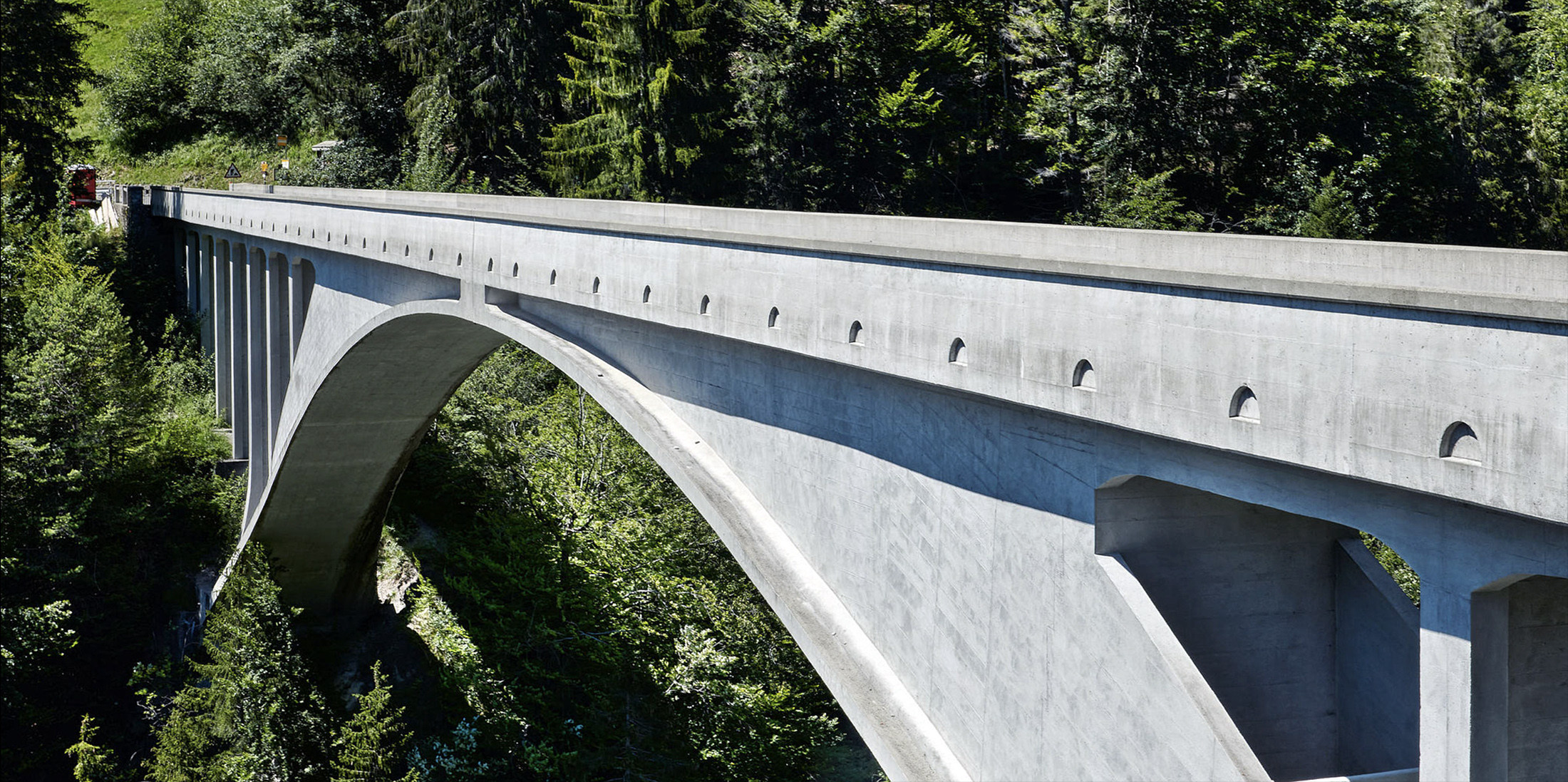The Institute

Historical buildings characterise our towns and landscapes. The traces of age and use give them each a unique, individual expression. As monuments, they offer guidance over generations, and are material and intellectual components of our individual and collective identity. At the same time, historical objects – regardless of whether or not they are protected as listed monuments – are always authentic testimonies to the history of construction, art and culture. The way they were built, subsequent alterations and the traces of use reflect both the history of the development of craftsmanship and technology over the centuries, and the economic and social conditions of the time when these objects were created and have been in use. These are often legible in detail on the building itself, and bear witness to its history of change, damage and repair. In addition to the building stock of past centuries, younger and even very young buildings are increasingly becoming a topic of preservation and building research. Here, the research mainly focusses on the use of new materials, joining techniques and construction methods as well as contemporary building processes.
Architectural and engineering works are of equal interest to the research activities of the Institute for Preservation and Construction History. The scientific approach serves as a basis for the appropriate assessment of historical buildings. It is essential for understanding their history and for developing strategies towards their long-term preservation – as architectural monuments with the least possible impact on their historical substance and expression – or, if necessary, for their transformation.
The Institute for Preservation and Construction History collaborates with research institutions and scientific associations in Switzerland and abroad. The exchange and cooperation with the various institutions of Swiss heritage preservation is also a priority.
In teaching, the Institute focuses not only on conveying basic theoretical knowledge, but also on hands-on training directly on site – through building research studies and excursions, or in the context of in-depth student works and co-supervision of design studios. Our aim is to equip future architects with the necessary knowledge and skills to deal consciously and responsibly with the existing building stock.